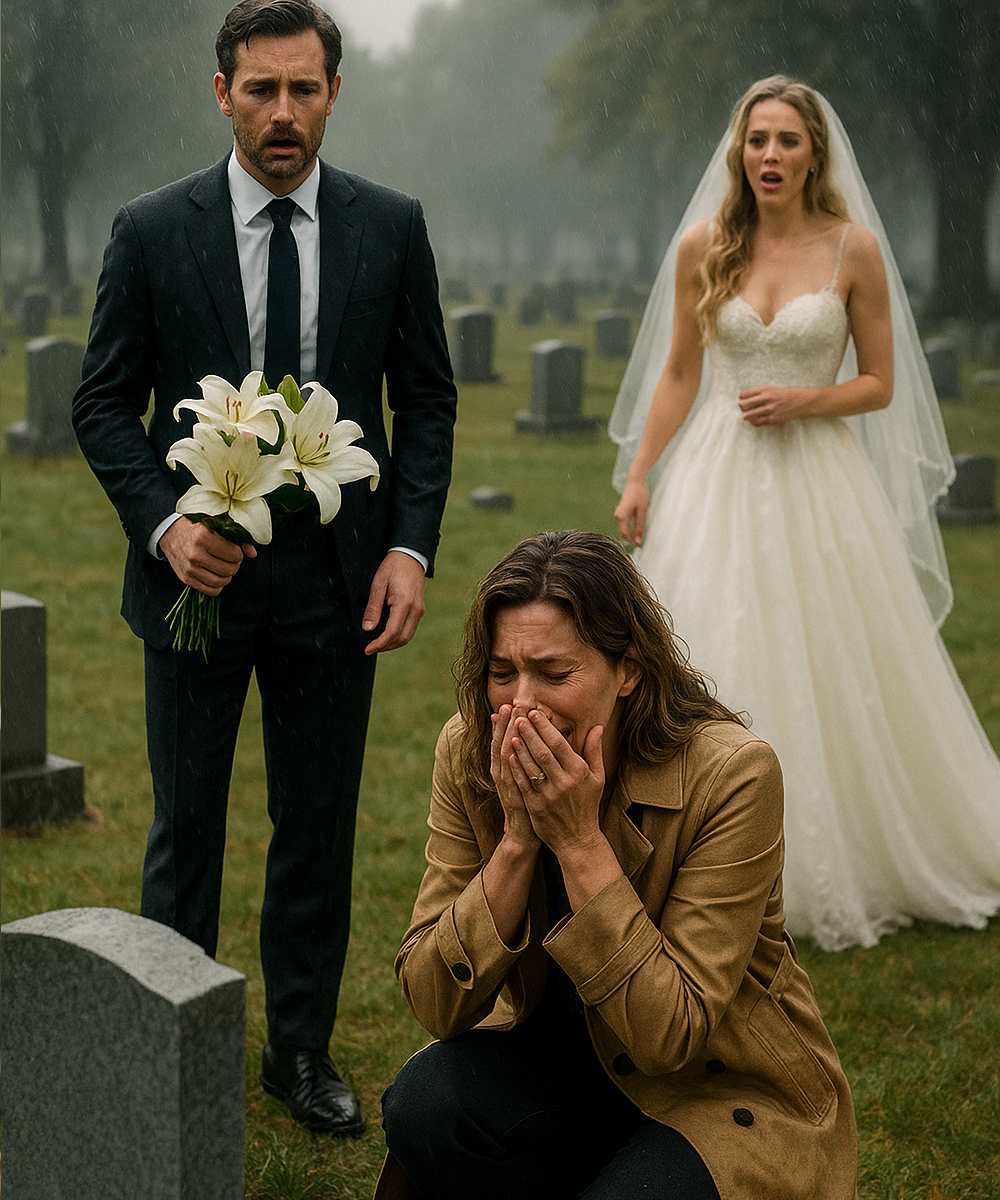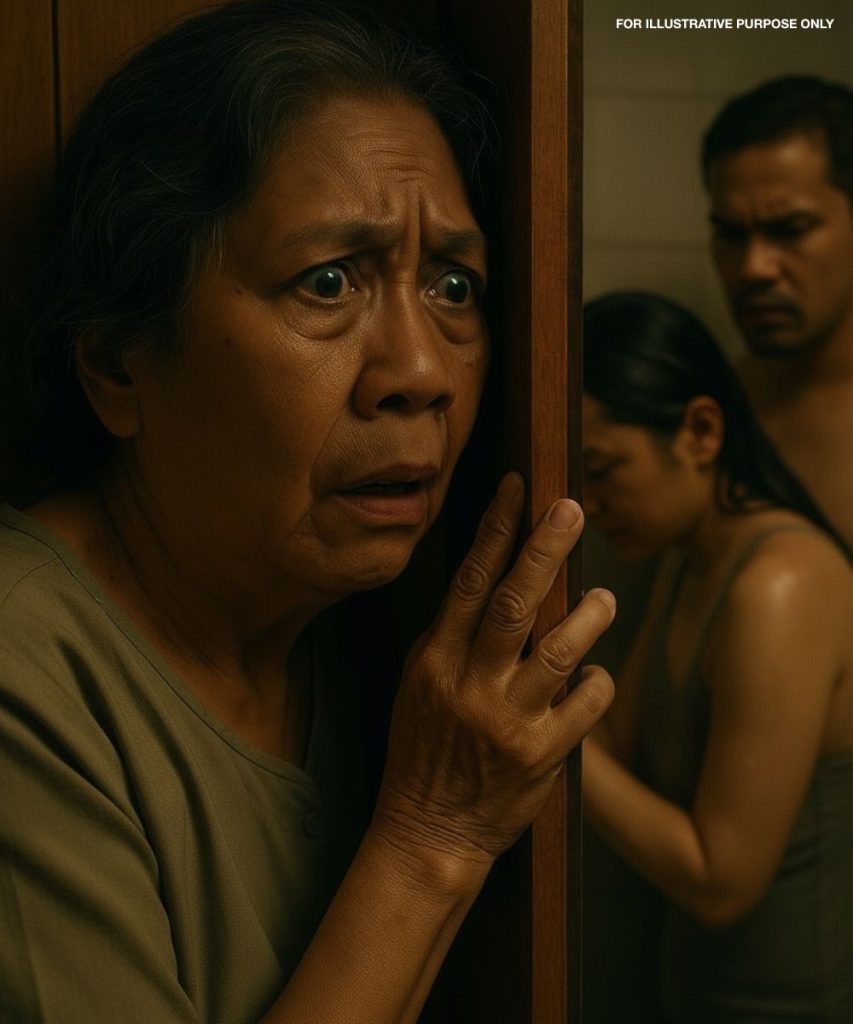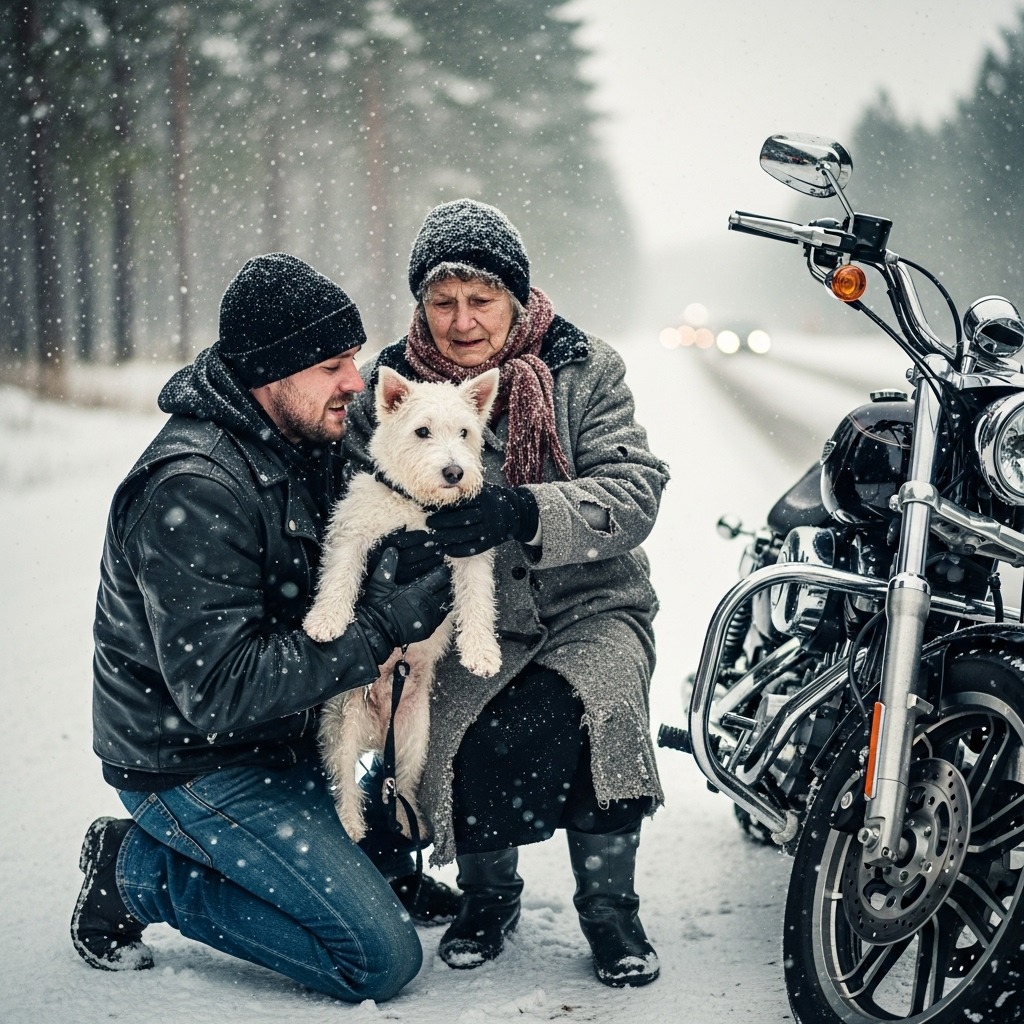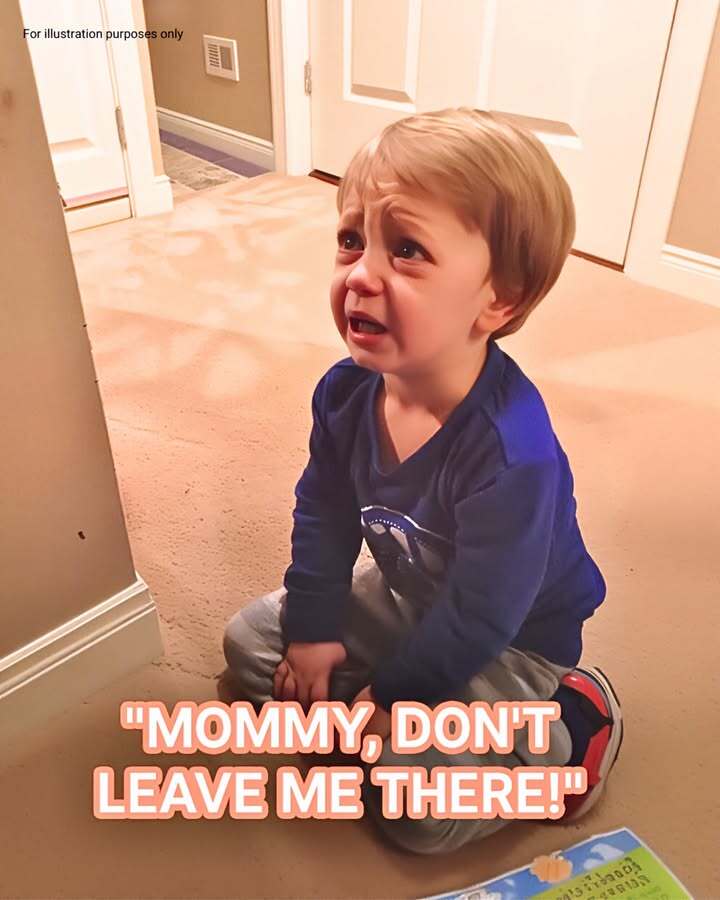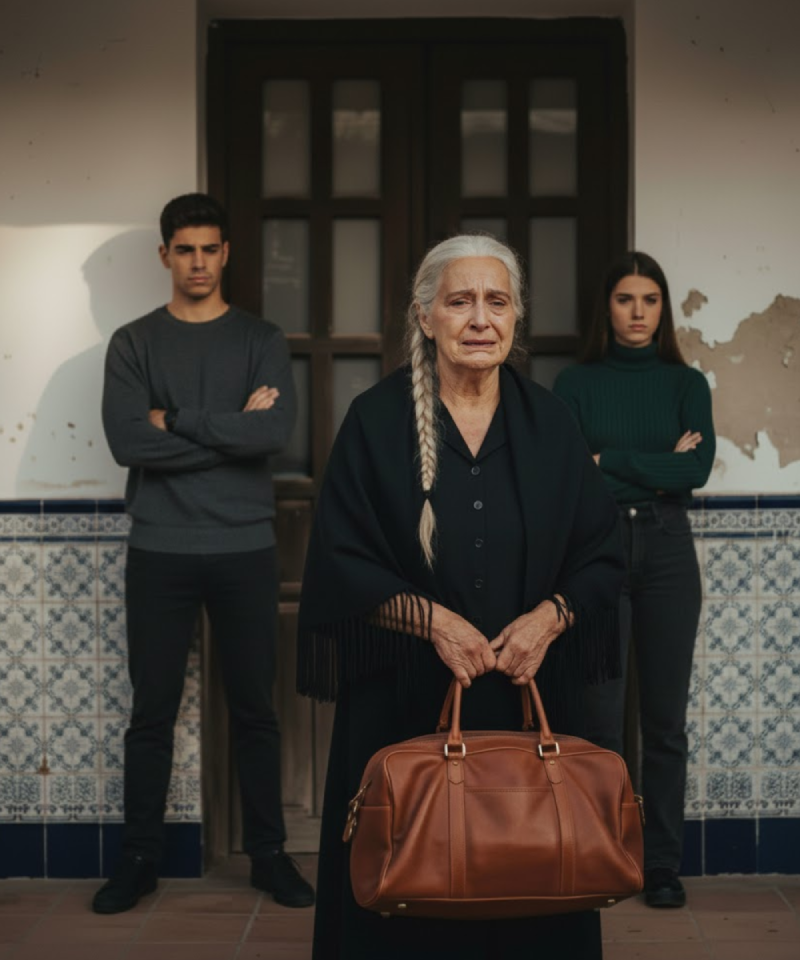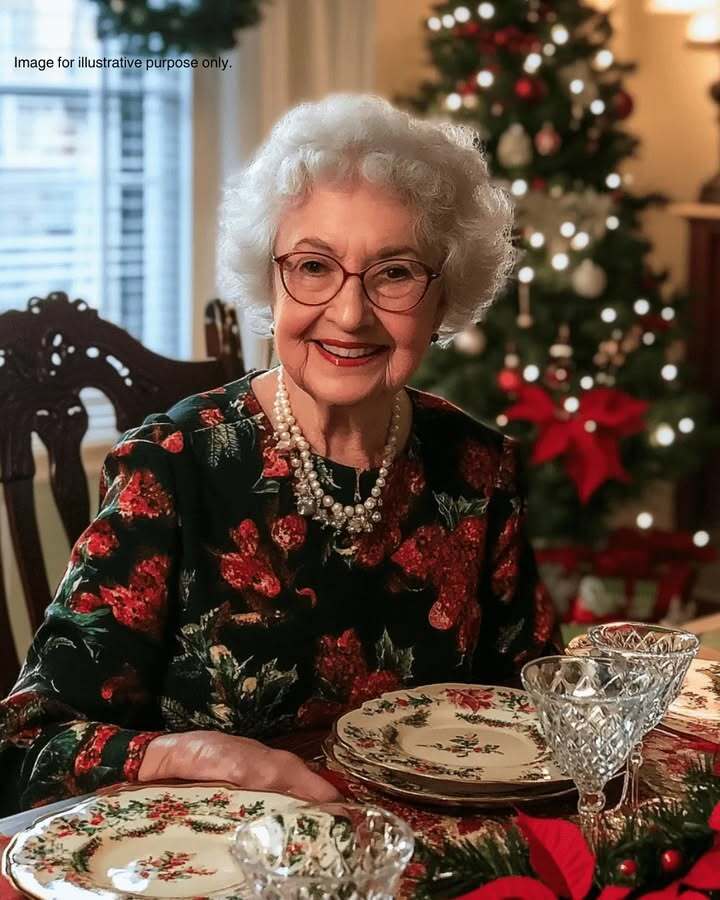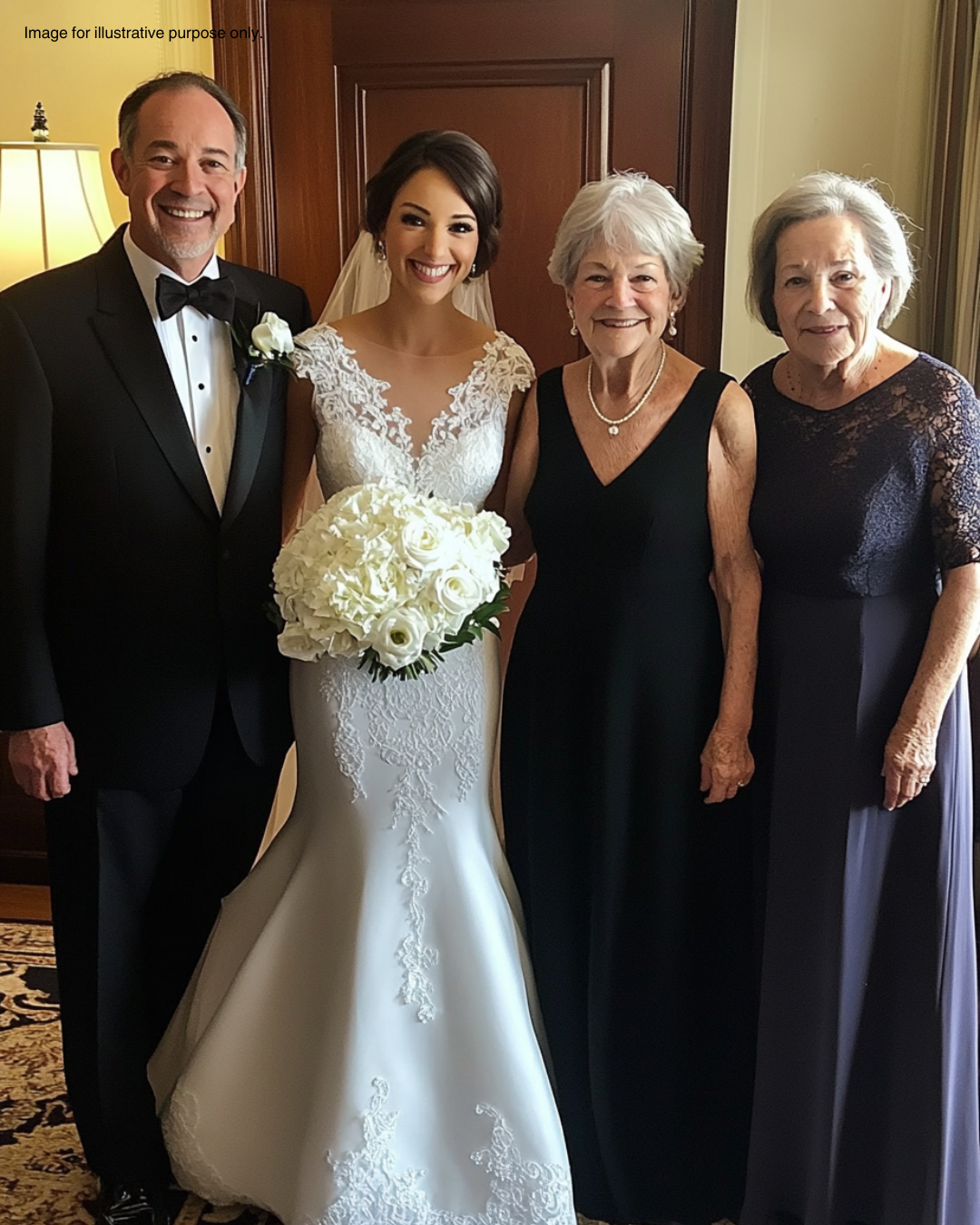I Went to Say Goodbye — But Found a Secret That Almost Ruined My Wedding
Tomorrow, I’m marrying Emily — the woman who waited for me patiently for three long years. Everything’s ready. Both families have poured their hearts into this wedding.But deep down, a shadow still lingers — the memory of my first wife, Sarah, who passed away in a car accident four years ago. That day is carved … Read more
